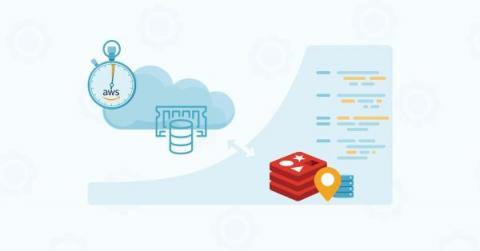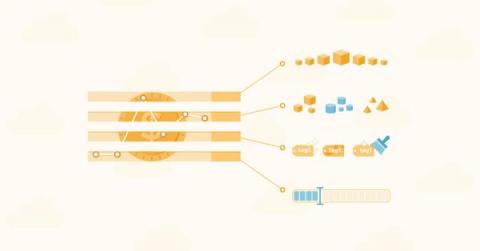ElastiCache Vs. Redis: How Do They Compare?
As technology improves and customer demands change, many companies must provide fast, engaging, and secure services. Developers rely on platforms that support sub-millisecond response times to power these capabilities in their applications. Amazon ElastiCache and Redis are two of the most popular platforms for building fast, highly available, and scalable data stores.











